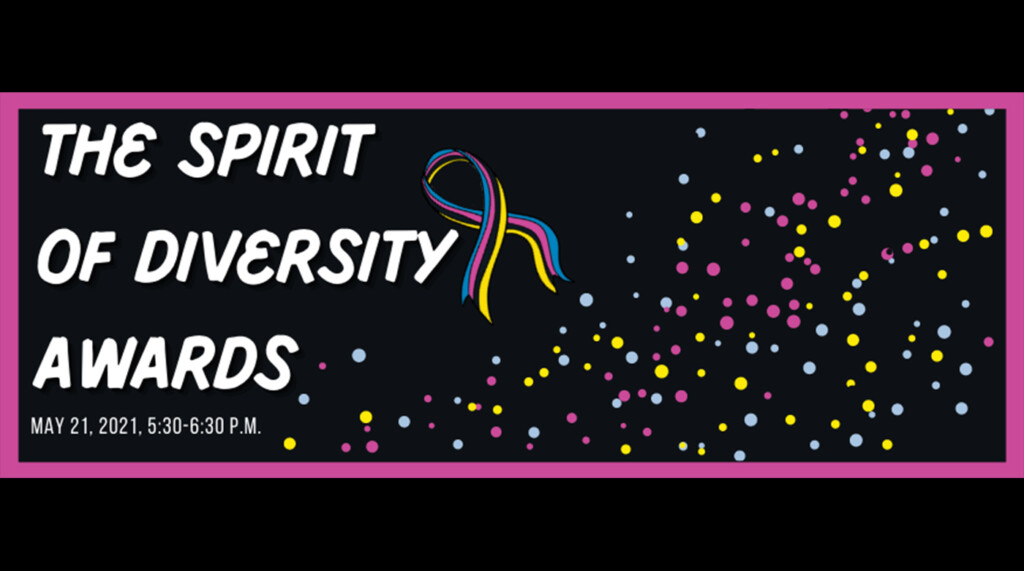Page 37 • (441 results in 0.051 seconds)
-
can also be representative of certain ethnic groups, which is determined through the various ways in which the hair is styled. The hair used to make these masks typically is human hair that has been applied with beeswax. – Savannah Phelan ‘15, Anthropology and Religion **Mapiko divided into two morphological categories: helmet masks and facemasks (while both called mapiko, facemasks are more specifically called makonma). Makonma are typically regarded as cultural imports and are not given the same
-
can also be representative of certain ethnic groups, which is determined through the various ways in which the hair is styled. The hair used to make these masks typically is human hair that has been applied with beeswax. – Savannah Phelan ‘15, Anthropology and Religion **Mapiko divided into two morphological categories: helmet masks and facemasks (while both called mapiko, facemasks are more specifically called makonma). Makonma are typically regarded as cultural imports and are not given the same
-
can also be representative of certain ethnic groups, which is determined through the various ways in which the hair is styled. The hair used to make these masks typically is human hair that has been applied with beeswax. – Savannah Phelan ‘15, Anthropology and Religion **Mapiko divided into two morphological categories: helmet masks and facemasks (while both called mapiko, facemasks are more specifically called makonma). Makonma are typically regarded as cultural imports and are not given the same
-
can also be representative of certain ethnic groups, which is determined through the various ways in which the hair is styled. The hair used to make these masks typically is human hair that has been applied with beeswax. – Savannah Phelan ‘15, Anthropology and Religion **Mapiko divided into two morphological categories: helmet masks and facemasks (while both called mapiko, facemasks are more specifically called makonma). Makonma are typically regarded as cultural imports and are not given the same
-
can also be representative of certain ethnic groups, which is determined through the various ways in which the hair is styled. The hair used to make these masks typically is human hair that has been applied with beeswax. – Savannah Phelan ‘15, Anthropology and Religion **Mapiko divided into two morphological categories: helmet masks and facemasks (while both called mapiko, facemasks are more specifically called makonma). Makonma are typically regarded as cultural imports and are not given the same
-
include anthropology, sociology, and psychology. In general, the following coursework satisfies the required and recommended courses for admission to a school of occupational therapy. BIOL 205, 206 PSYCH 101, 320, 415 SOCI 101 STAT – most OT schools require a Statistics course Pre-Veterinary Medicine There is no pre-professional major for veterinary medicine at PLU; rather students each should select the major which best matches their interests and which best prepares them for alternative careers. In
-

and Culinary Arts 2009 Dr. Marit Trelstad, Religion Dr. Steven Thomson, Anthropology Pat Roundy, Dean for Student Academic Success, Director of Academic Advising Rick Eastman, Student Involvement & Leadership Robert Troy Moore, PLU Senior Katie Garrow, PLU Sophomore 2008Faculty Dr. Brenda Ihssen, Religion Dr. Alicia Suarez, Sociology Staff Amy Fox, Wang Center David Gerry, International Student Services Students Shayna Doi, Junior, Rieke Scholar, President of Hawaii
-
Studies at Arizona State University Erica Lehrer, Associate Professor of History and Sociology/Anthropology at Concordia University, Canada Research Chair in Museum and Heritage Studies, and Director of the Curating and Public Scholarship Lab at Concordia University Convener: Rabbi Bruce Kadden, PLU 12:30 - 1:15 p.m. – Lunch, AUC, Chris Knutzen RoomDuring lunch, there will be a screening of “Raise the Roof”, a film that documents the decades-long journey of artists Rick and Laura Brown as they, along
-

, Skipworth recalled weekly visits to classrooms in various schools in neighboring school districts. “We would come back to PLU after lunch and discuss as a group what we witnessed,” she said. “Having that opportunity was really awesome. You can talk and talk and talk about things, but seeing it is a different story.” Evelyn Cook — Changing Careers — And Lives“I see education through a social justice lens,” said Cook, a “double Lute” who also did her undergraduate work in anthropology and women’s and
-
still follow that stuff avidly,” Youtz says. “I wanted to be a philosopher, I wanted be a historian, I love anthropology, of course I have no formal training in any of these. “Music just kept pulling me back.” Arriving in Champagne, Youtz signed on as an able-bodied migrant laborer, picking champagne grapes along the French countryside. Following four weeks of fieldwork, Youtz hitchhiked south with burgundy-stained digits, and stumbled into employment at L’Aigle (The Eagle), a ski resort nestled
Do you have any feedback for us? If so, feel free to use our Feedback Form.


